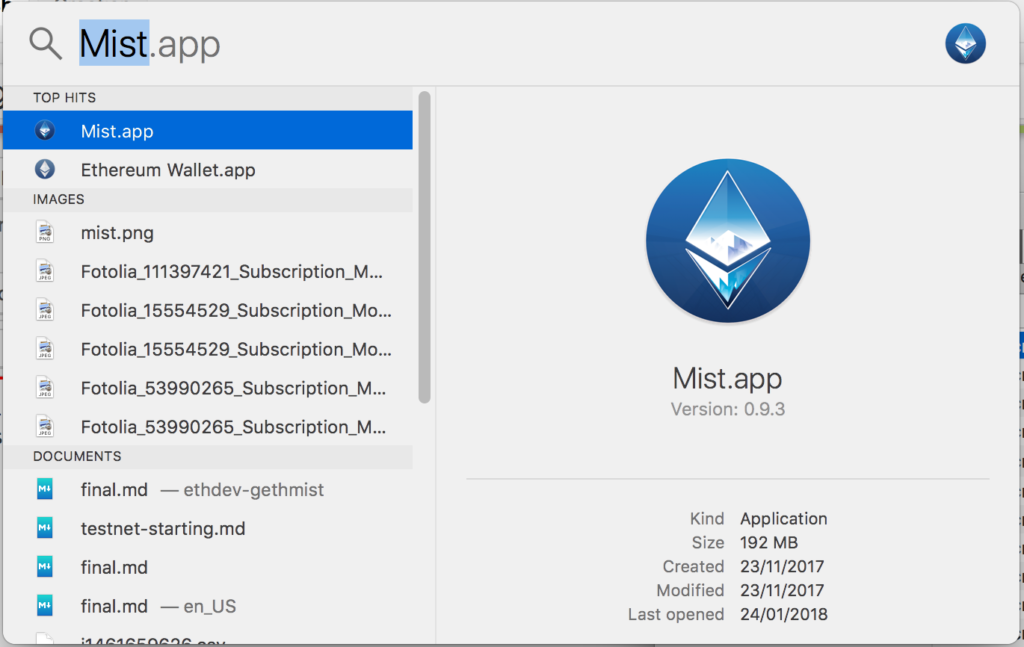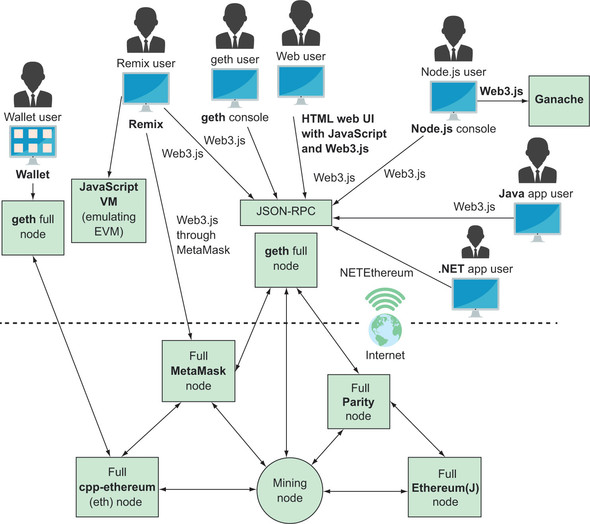

- #Ethereum wallet geth how to
- #Ethereum wallet geth code
- #Ethereum wallet geth series
- #Ethereum wallet geth download
- #Ethereum wallet geth windows
#Ethereum wallet geth how to
Now, it’s up to you to research how to use Truffle’s and Ganache’s advanced features. Upon executing the last line, the account1 will be the winner, since we put 23 ether in total with it, and it’s more than the double of what we put with the account0.Ī little exercise for you is to withdraw the ether from the contract. Wei is the base unit (lowest denomination) of ether. The “web3.toWei(5, “ether”)” part sends 5 ether, that value is converted to Wei. The “value” directive is used to send ether with a transaction.
#Ethereum wallet geth code
Now we are ready to test our code on a blockchain! Testing our codeįire a new command-line and type in the following command: It basically says, that, when using the development network, connect to the host at “127.0.0.1” (localhost), using the port 7545. Then I’ll put this code inside of “truffle-config.js”: I’m writing this tutorial on Windows, so I’ll remove the “truffle.js” file.
#Ethereum wallet geth windows
The reason for that is, on Windows there is a naming problem, and when we will want to execute Truffle commands, it will open the config file “truffle.js” instead of reading what’s inside. If you are on Windows, remove “truffle.js”, if you are on another system, remove one of them, or keep them both, it’s not important. Now, back to the root folder, you’ll see two files, “truffle.js” and “truffle-config.js”. The first line is there to import the “Wrestling.sol” file from the “contracts” folder, and the 4th line deploys it to the blockchain. Paste the following code inside, and save. Migrations are simply scripts that’ll help us deploy our contracts to a blockchain. Next, open the folder “migrations” and create a new file named “2_deploy_contracts.js”. Then copy the Wrestling.sol file from the last tutorial, into the folder “contracts”. It will initialize an empty truffle project. Open up a command-line, and type the next part: The requirements for this tutorial are that you know what is and how to use a command-line tool, and you are a bit familiar with NPM. We will start by using Truffle and Ganache, and then use Truffle with geth and Mist. It can also start a new one (in our case we will create a local test blockchain), create contract, mine ether etc.


What Ganache does is simple, it creates a virtual Ethereum blockchain, and it generates some fake accounts that we will use during development.

The most prominent tools at the moments are: Now, we will deploy it to two kinds of test networks.
#Ethereum wallet geth series
Edit this page.We have seen in the first part of this tutorial series what a smart contract is, and how it works.
#Ethereum wallet geth download
Note that you must use the name of the signature file, and you should use the one that's appropriate to the download you're verifying. To verify the authenticity of any downloaded data, grab both files and then run: gpg -verify geth-linux-amd64-1.5.asc Similarly you can import all the developer public keys by grabbing them directly from the keyserver network: gpg -recv-keys E058A81C 05A5DDF0 1CCB7DD2įrom the download listings above you should see a link both to the downloadable archives as well as detached signature files. You can import the build server public keys by grabbing the individual keys directly from the keyserver network: gpg -recv-keys F9585DE6 C2FF8BBF 9BA28146 7B9E2481 D2A67EAC


 0 kommentar(er)
0 kommentar(er)
